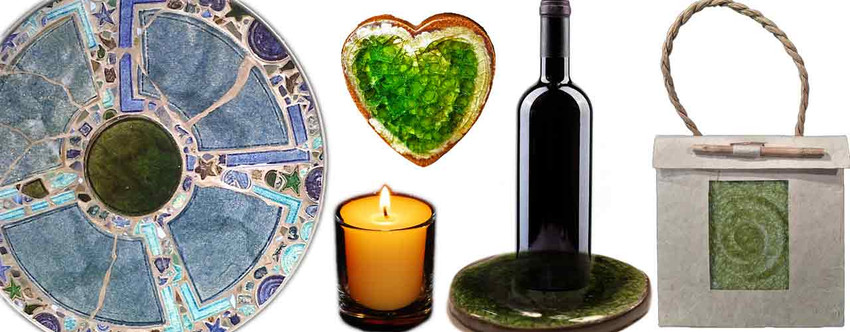Top 10 Recycling Tips – from TreeHugger.com
- Reduce, Reuse, Recycle: Did you know these are ranked in order of importance?
Reduce– Stop buying water in plastic, filter and carbonate your own.
Reuse – Visit your local “Re-Store” reuse materials for projects
Recycle – Learn the symbols, proper sorting is essential for success
- Know what you can and can’t recycle: Read up on the recycling rules for your area and make sure you don’t send anything in that can’t be processed. Each city has its own specifics, so try to follow those guidelines as best you can.
- Buy recycled: The essence of recycling is the cyclical movement of materials through the system, eliminating waste and the need to extract more virgin materials. Supporting recycling means feeding this loop by not only recycling, but also supporting recycled products.
- Encourage an artist: If you know someone interested in making art from recycled materials, offer to provide supplies. Many school children need items like paper towel tubes for art projects. Older artists use everything from rubber bands to oven doors. If you know someone who teaches art classes, suggest that an emphasis be put on making art from trash.
- Recycle your water: Consider rearranging your plumbing so that rainwater or waste water from your shower and tub is used to flush your toilet. If you have a garden, water it with leftover bathwater or dish washing water (as long as you use a biodegradable soap).
- Recycle your greenery: Both your garden cuttings and your green kitchen waste can go into an outdoor or indoor composter. If you don’t have a garden yourself, find neighbors or a community garden that can make use of your soil. Composting food scraps will mean your regular kitchen wastebasket fills up more slowly and also won’t smell.
- Recycle your robots: Electronics recycling is becoming more common in many urban areas, battery recycling is ubiquitous (rechargeable batteries are ecologically sounder, but even they wear out after a while), and there are a number of non-profit organizations that will take computer parts and turn them into working computers for others. Companies like Ebay have also developed programs to help your electronics find new homes.
- Purchase Wisely: In addition to buying recycled goods, keep a keen eye out for recyclable goods. Whenever you purchase something packaged, think about how you can reuse the packaging, return it to a shipping store for reuse. Products that are impossibly fused together are often called “monstrous hybrids” and are, while often cheaper up front, frequently unfix-able and non-recyclable.
- If you don’t love something, let it go: Lots of charities welcome your donations. If you’re in a Craigslist city, make use of the “free stuff” section. Give away clothes that don’t fit, the boxes you used in your last house move. Make it a rule that nothing useable goes in the trash until you’ve given the community a fair shot at it.
- Become a waste-stream analyst: To better understand the kind of materials that enter and leave your home, office, or school, consider conducting a waste audit. Set a span of time like a week or a month, and separate your waste categories. Weigh the different kinds of material flows that go out the door. Design a “material recovery” program that minimizes the amount going to the landfill. This is a great exercise to do with kids but can be very convincing to corporate higher-ups, too, especially since most companies pay to have their trash hauled away and can get money for recycled paper, containers, toner cartridges, corrugated cardboard, and such.

